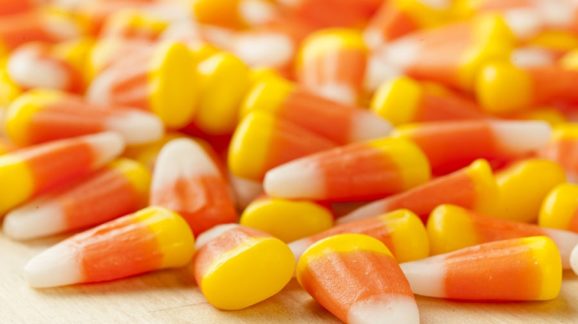A Truly Frightening Halloween in our Future?
This article was originally published at Forbes on October 31, 2014
For many of us, Halloween brings back many fond memories. We recall the joy of trekking door to door, lugging our candy-laden bags throughout our neighborhood with our parents, and then getting home to sort out our loot and dig in over the next week or so. But now “public health” activists seem determined to truly frighten our children by taking away that annual ritual. I call them the Food Police. Were they to achieve their goals, as described in a Washington Post Magazine article this week, Halloween candy may give way to carrots and celery. Poor kids!
Give kids more credit. Just because they eat a bag of M&Ms on Halloween doesn’t mean they’ll grow up to eat a box of Godiva chocolates every night. But for Food Police groups like the Center for Science in the Public Interest, “public health” campaigns are really about control.
Having vanquished tobacco, the Food Police have broadened their sights to target an array of foods they consider to have excessive calories, fats, salt, or sugar. They seem truly alarmed that some enjoyable foods—like fat-rimmed pork chops, richly buttered biscuits, double dip ice cream cones—have become too easily available to too many people. But shouldn’t we applaud the progress that availability signals?
It was that progress that allowed our long-ago ancestors to upgrade their subsistence hunter-gatherer diets with once rare sweet, salty, and fatty foods. And it was improvements in food production since the Industrial and Green Revolutions have made it possible for billions to eat more enjoyable foods at lower cost. As a result we’re living longer, happier lives.
But the model for making our lives a little less sweet is a powerful one. Public health activists have long advocated for their concept of a healthy lifestyle no matter how much it restricts our freedom to enjoy the pleasures prosperity has made possible. And now their tactics have become subtler and more sophisticated.
Their initial target was tobacco. Then at least, they had the plausible rationale that cigarette smoking entailed significant health risks. But as cigarette use declined, they weren’t content to declare success. Rather, they pushed for ever stricter restrictions on smoking in “public” places, based on far weaker scientific evidence about the risks of secondhand smoke. Some cities have even imposed smoking bans on sidewalks and parks—and some would extend such bans to the home. And when innovations like e-cigarettes and vaporizers eliminated the nuisance aspect of “smoking” and helped some longtime smokers to quit, those same advocates have moved to ban them also! From health arguments, it’s a short step to Puritanical suppression.
At first, candy might seem safe from such attacks, but the experience with sugary soft drinks suggests otherwise. Public health advocates, former New York Mayor Michael Bloomberg chief among them, worked long and hard to restrict the sizes in which restaurants could sell soda, with some success. Candy is clearly the anti-sugar advocates’ next target, and the battle plans are similar: First claim you are doing it for the children by banning candy sales in the schools, and expand those restrictions to encompass everybody else.
The arguments are simple: We’re eating more sugar and that’s bad. Thus, their efforts to “nudge,” “encourage,” and “educate”—in other words, hector—us into accepting their version of a healthy lifestyle. First Lady Michelle Obama’s fitness campaign against tasty school lunches is a case in point.
Unfortunately, like the tobacco and soft drink firms, candy manufacturers have seemed slow to buck up the moral courage to defend themselves. As the economist Joseph Schumpeter noted long ago, businessmen, when attacked, often hire others to talk for them but rarely defend themselves on moral and ethical grounds. Rather than educate their critics, he noted, they allow themselves to be “educated” by them, merely slowing their own destruction rather than really fighting back.
But we as consumers can fight back by exercising our free choice. So this Halloween, make sure your children fill up their goody bags—while warning them against overindulging, of course—and enjoy the holiday while they can. If the Food Police get their way in some future Halloween, kids engaged in trick-or-treating might be confronted with the command, “Put down the candy corn and step away from that Milky Way!”
